Slow Crisis: Dhaka
Abraham Ninan| Shiekh Rizvi Riaz
Faculty: Rodrigo Rubio Cuadrado| Ruxandra Iancu Bratosin
The slow crisis which we identified that is affecting the city of Dhaka is the flooding of the Buriganga river which impacts the life of the people in a very devastating fashion and we also identified the dearth of greenery and vegetation in the city. The rising sea level on one side and the melting of the ice caps at the Himalayas where the river originates is the cause of this seasonal flooding. But one positive aspect about this flooding is that the river brings exceptionally fertile soil from the plains of the Himalayas. Our proposal aims at controlling this flooding and using its natural flow to enhance the city. By analysing the flow of the river and by creating interventions the sediments will be diverted into predetermined locations. These locations will be designed to become the green areas that the city needs which will also enhance the bio diversity of the region. The Proposed Green Belt will work as a closed loop system tying all the activities together. It includes waste water treatment, fuel generation, fertilizer production, energy production and supply of fire wood and building material. Tree plantation along the banks to increase and improve the natural levee can be an important aspect for the sustainability of the river area, which also can protect from land erosion and flood during rainy season.
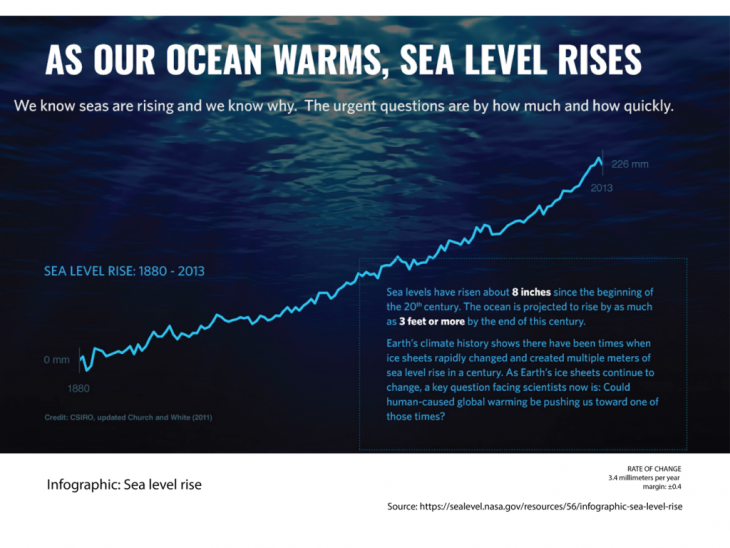
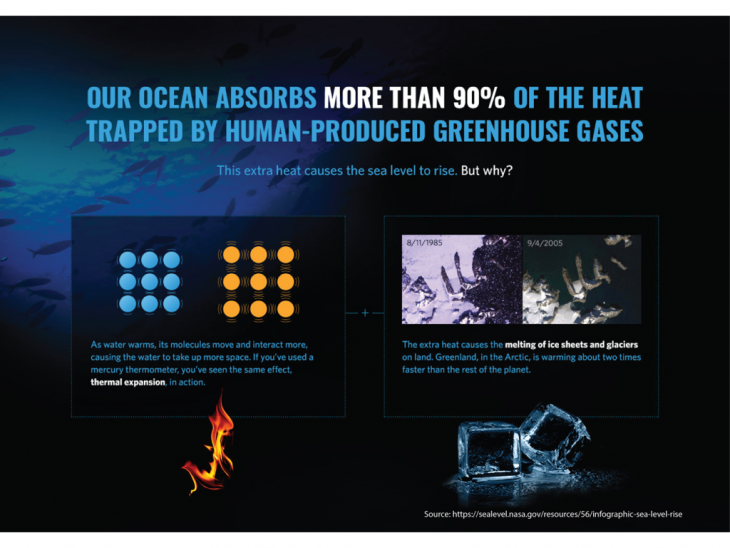

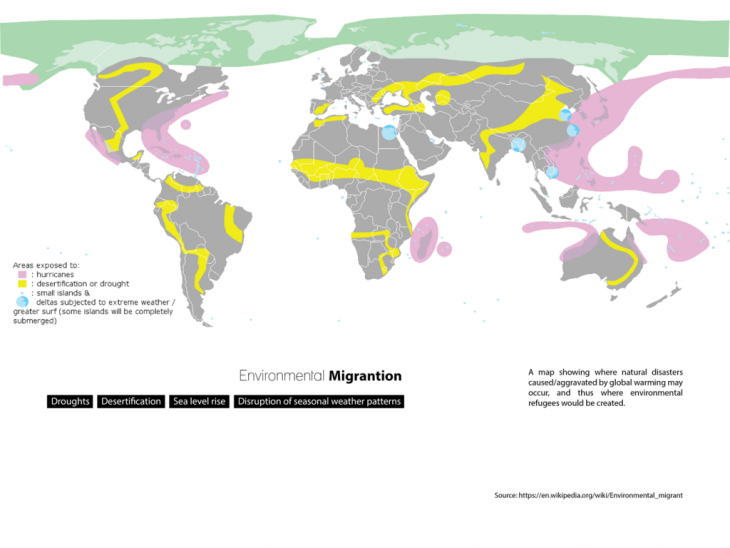
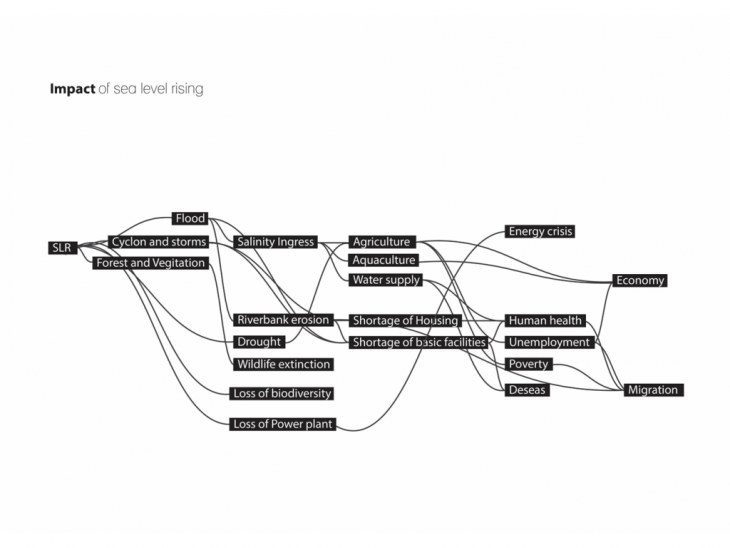
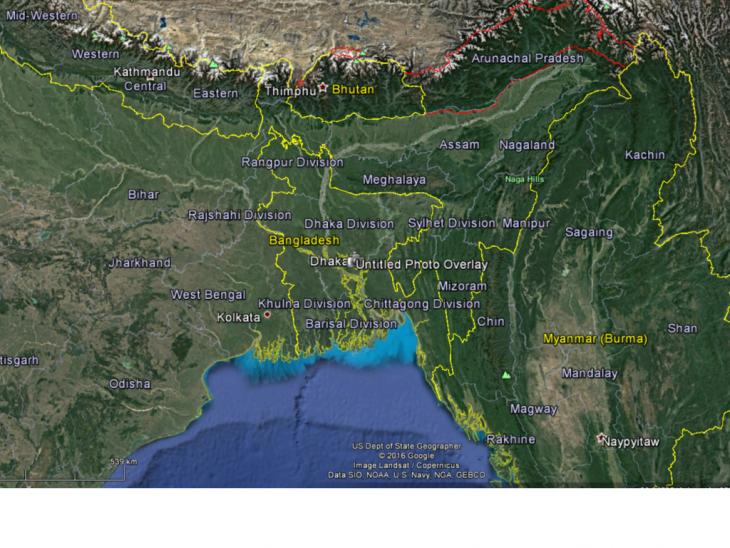
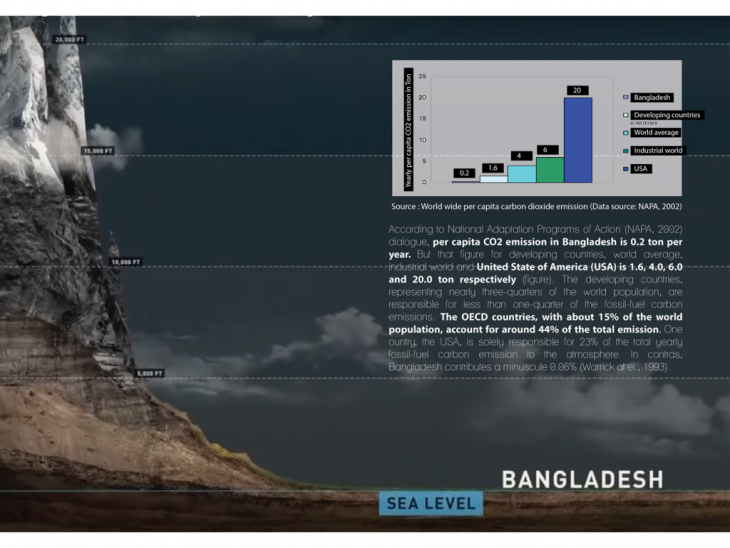

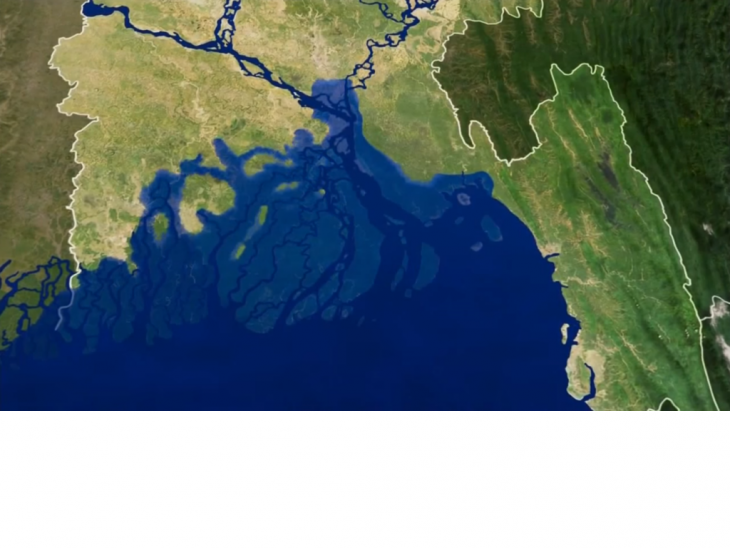
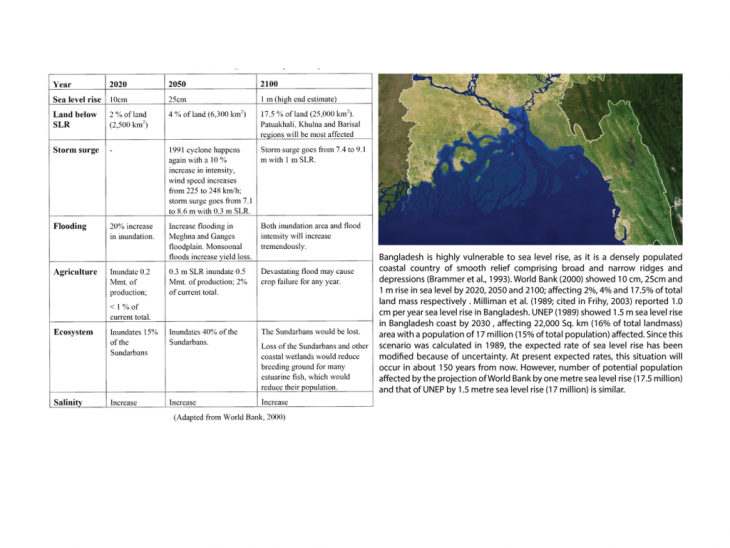
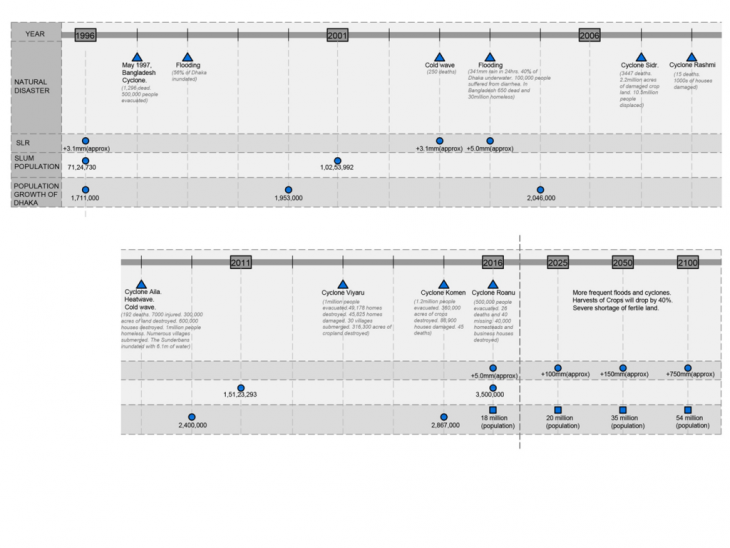
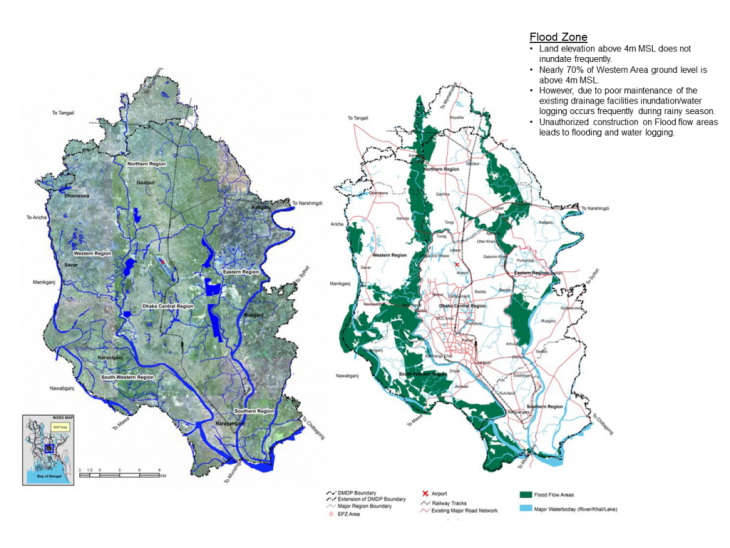
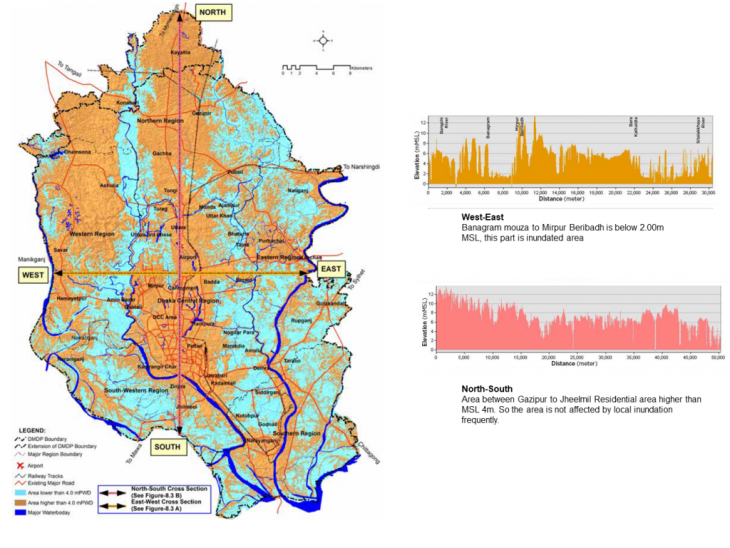
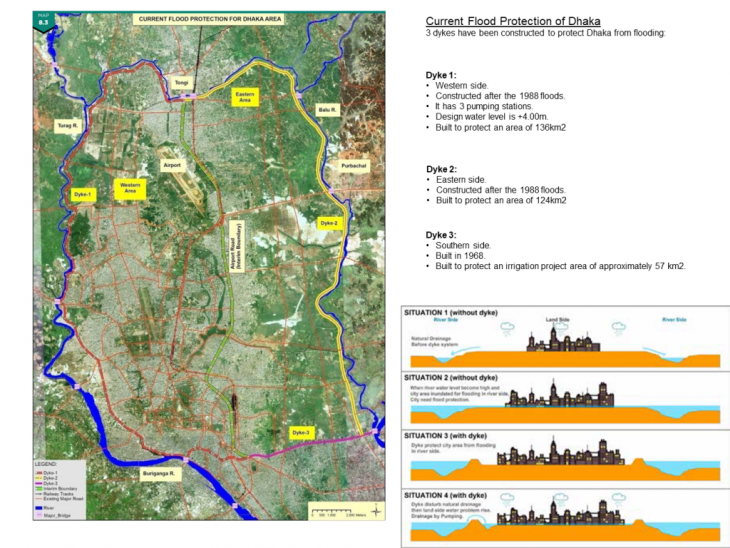
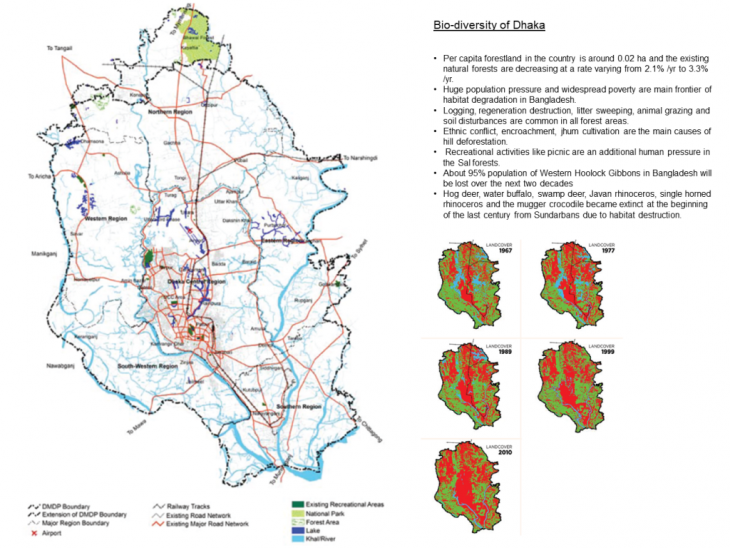
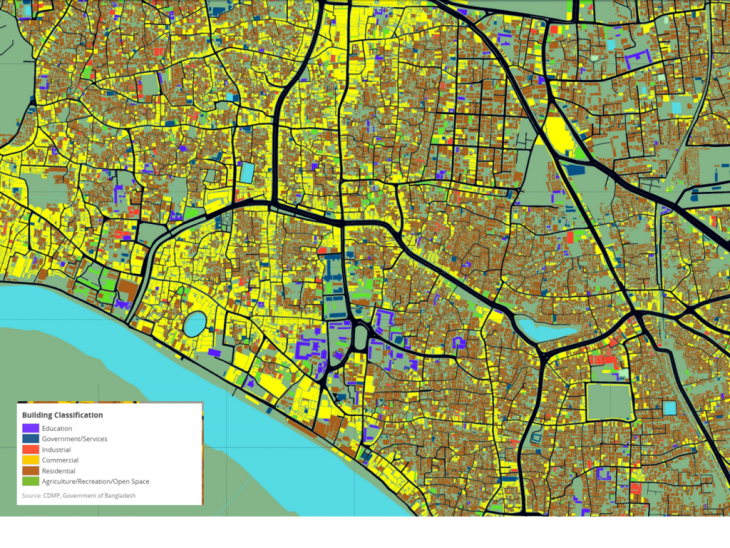
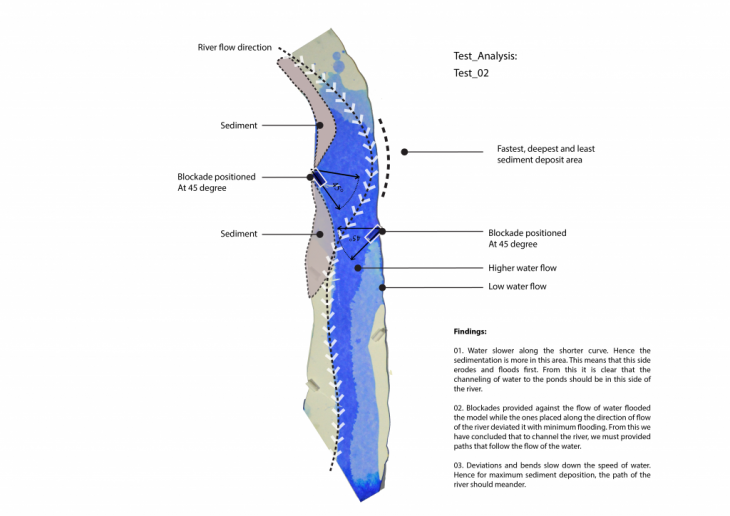
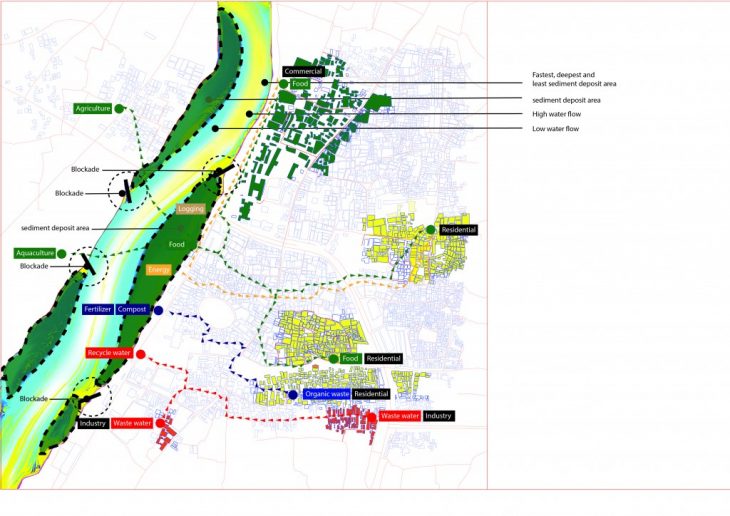
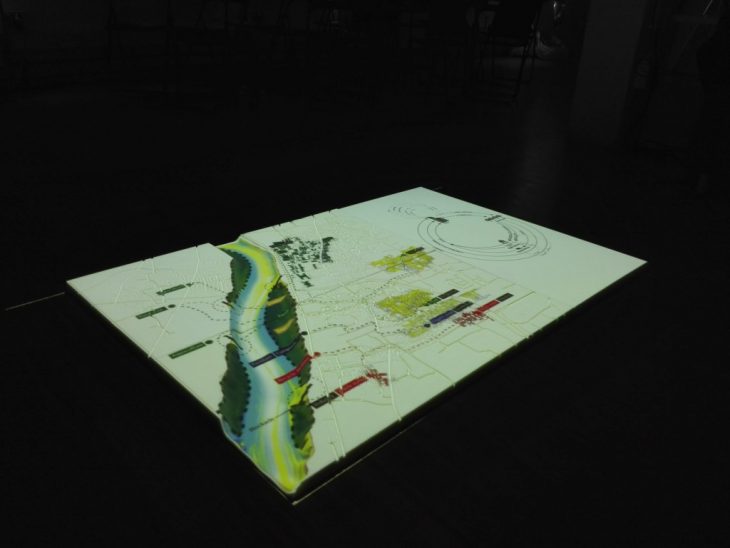
Reference:
- Impact of Climate Change in Bangladesh: The Role of Public Administration and Governments Integrity. Shakeel Ahmed Ibne Mahmood
- Bangladesh Climate Change Impacts and Vulnerability, A Synthesis, Ahsan Uddin Ahmed , July 2006
- Impacts of Sea Level Rise on the Coastal Zone of Bangladesh, Masters thesis of Md. Golam Mahabub Sarwar, Lund University International Masters Programme in Environmental Science
- DHAKA STRUCTURE PLAN 2016—2035